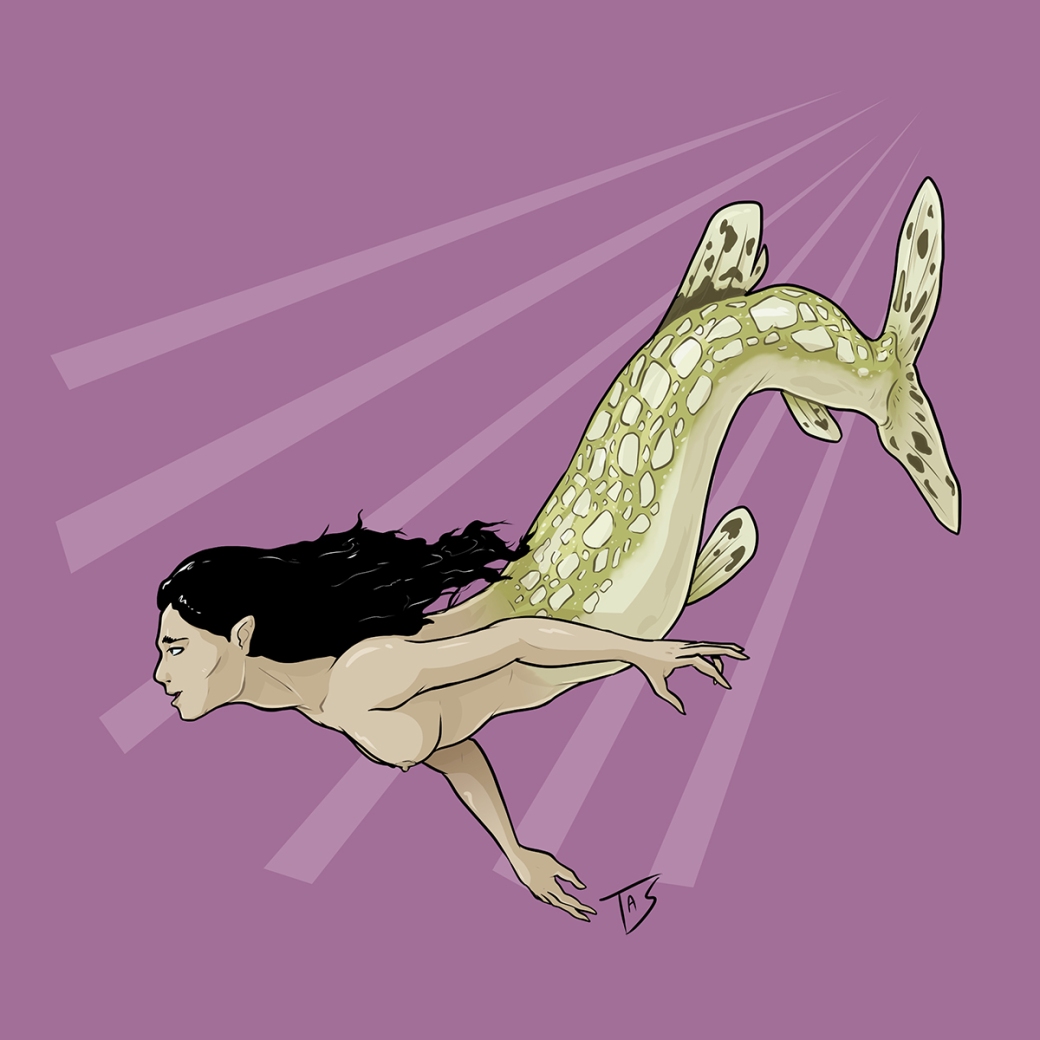
Thessalonike
Region of origin: Macedonia
The daughter of King Philip II and Nicesipolis and half-sister to Alexander the Great, Thessalonike would go on to become queen of Macedonia and the namesake for the Greek city Thessaloniki. By the historical record, her sons Antipater and Alexander clashed over her decree that the two would share power instead of Antipater ascending to the position and in retaliation Antipater had her put to death. However, in legend it was said Alexander (her brother) had provided her with water from a fountain of immortality which granted her eternal life after she bathed her hair in it. When Alexander passed on, a grief-stricken Thessalonike flung herself into the ocean but unable to die, she instead transformed into a mermaid. Driven mad, she would approach vessels and ask if Alexander was still king; appeased by an answer of “he lives and reigns and conquers the world,” she would let the ship pass but when any answered in the negative she would take on a monstrous form and destroy the ship and kill the sailors.
Originally posted on Tumblr on May 28, 2016






